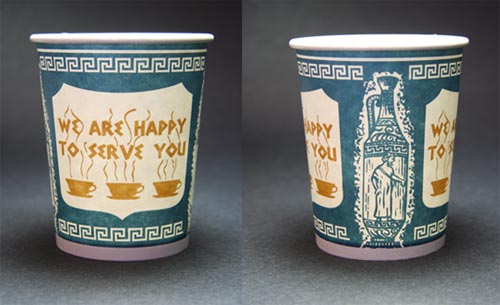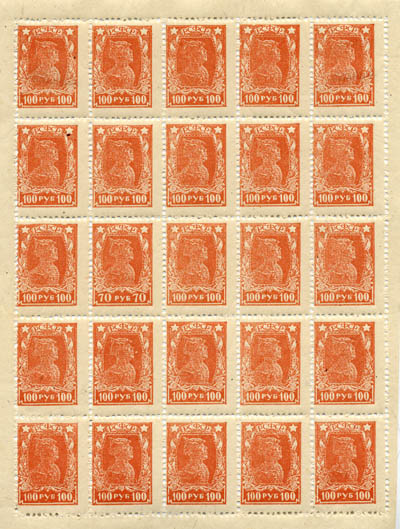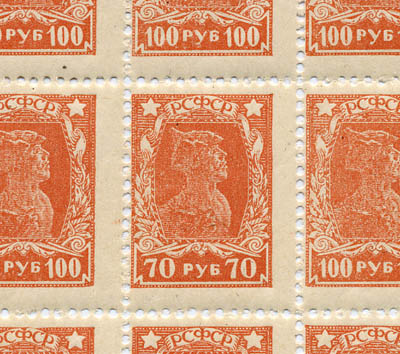I was always addicted to coffee. In the Soviet Union, a country of tea drinkers, brewed coffee was a rarity. The most commonly available coffee was instant, and even that slop was very scarce. I still remember the time when our distant relative from Australia sent us a big parcel, which among other things contained a humongous can of Folgers instant coffee. I was able to beg my mom to share it with me from time to time. Among the things in the parcel was a pair of extremely thick Levis jeans, but that’s another story. Oh, and that relative was a mayor of a small town in Australia. Also another story.
In any case, the first time I tasted non-instant and non-Turkish coffee was probably in the US. I continued drinking instant, sometimes with lemon ( coffee with lemon is mostly unheard of in the US). Then I learned that coffee could easily be purchased in bodegas 24 hours a day.
My tastes were becoming more and more refined. I purchased a cheapo steam powered espresso maker for $50 and learned the art of making espresso with. Even with the crappy equipment I was able to make half decent espresso and cappuccino once in a while.
After I purchased a semi-decent pump machine for $150 I stopped drinking drip coffee altogether. Then I purchased a semi-professional pump machine for $650. It was very nice, but broke after a few years of service. It’s possible to get service for commercial machines of that firm, but not for the consumer products. The machine sits in a box in my bedroom, and every night Tilde the cat mutilates it’s cardboard box. That is the punishment of the espresso gods for failure. Yeah.
Meanwhile I rediscovered the bodega (deli) coffee. Most bodegas have commercial Bunn brewers and grinders. The coffee is fresh.
There are a few coffee customs that are very specific to New York.
The first is that the expression “coffee, regular” refers to a small cup with sugar (usually two spoons) and milk. The second is the cup in question. Most frequently the cup is either a Sherri Cup Company “Anthora” design or one of it’s clones or relatives. If you’ve seen a film or a show about New York, you’ve seen this cup. It’s very very distinct. It’s blue and white, it features a Greek pattern and the words “we are happy to serve you”. The official name “Anthora” is a misspelling of “amphora”.

From http://www.caffmag.com/caffmag/features/grk_cup.html
“The design has been around since 1963,” said Wayne Meadowcroft, Sherri’s vice president of sales and marketing. “At the time, most of the diners and delis were Greek-owned, so the design, which was by an employee, Leslie Buck, was a natural.”
While ownership of diners has expanded to include other ethnic groups, the cups are not unique to Greek-owned restaurants. At Italian pizza shops, in Indian diners and Jewish delis, the cup of choice is almost always the same and can be found stacked high in plastic covering near the coffee pots.
This Leslie Buck must have felt like that woman who designed the mac icons.
In any case, there are variations of the “Anthora” design floating around. See the clone gallery here (it’s really worth a look. Clicky.)





